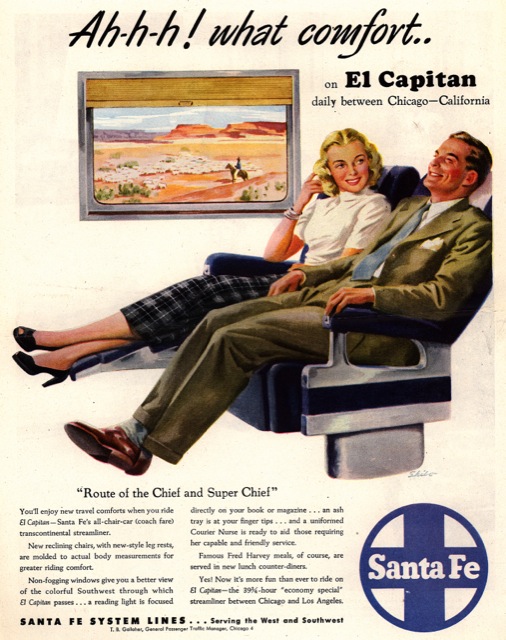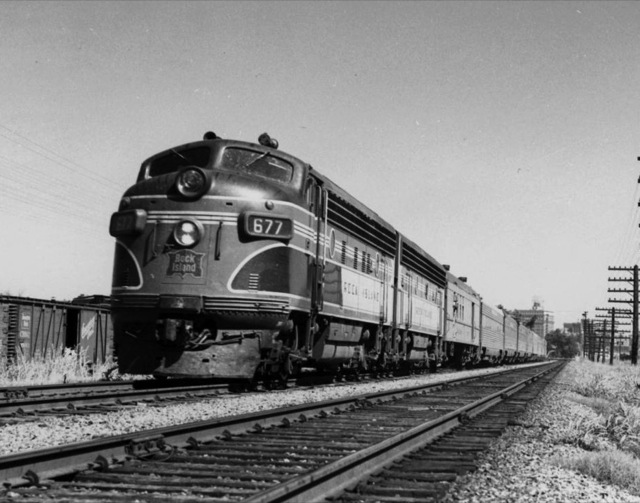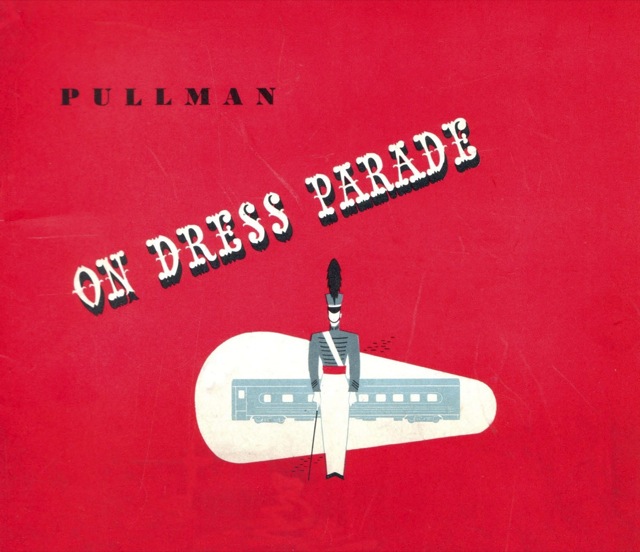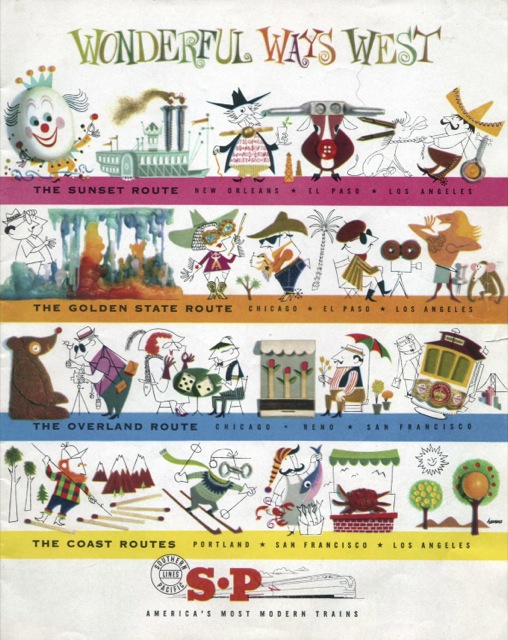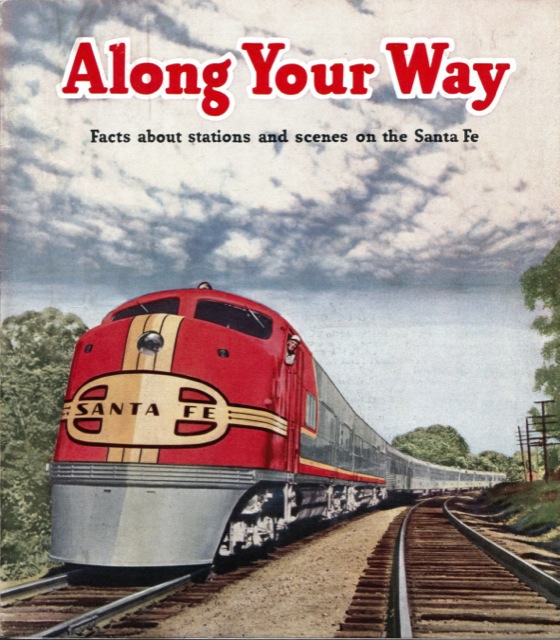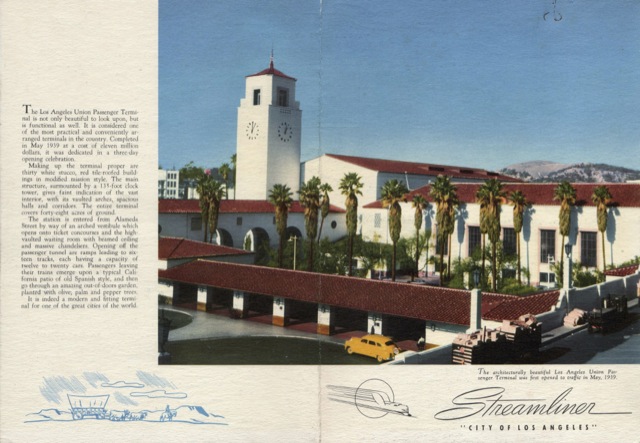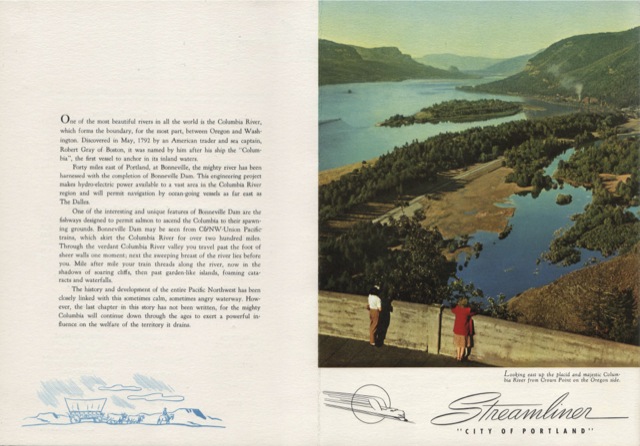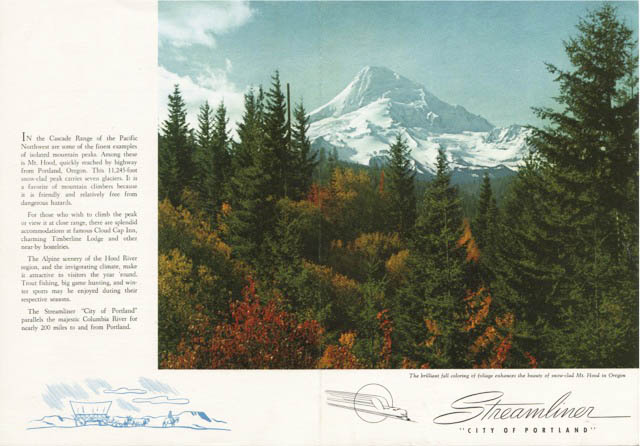I recently scanned a library copy of of the 1950 update to the 1938 Report on Streamline Trains. The report is something of a disappointment, mainly because most railroads had stopped keeping track of (or at least releasing) data for individual trains, so the report only includes data for 66 of the 260 streamlined trains operating in 1949.
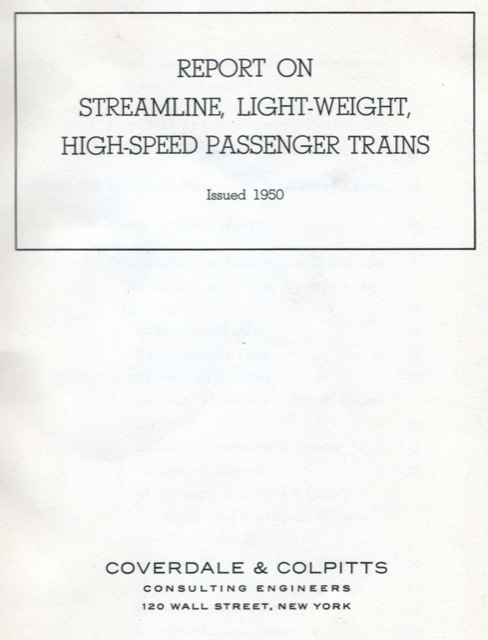
Click image to download an 8.6-MB PDF of this 89-page report.
We can no longer compare, for example, the Denver Zephyr with the City of Denver, as neither train is in the report. While the Twin Zephyrs and Twin Cities Hiawathas are both in the report, the C&NW 400 is not.

